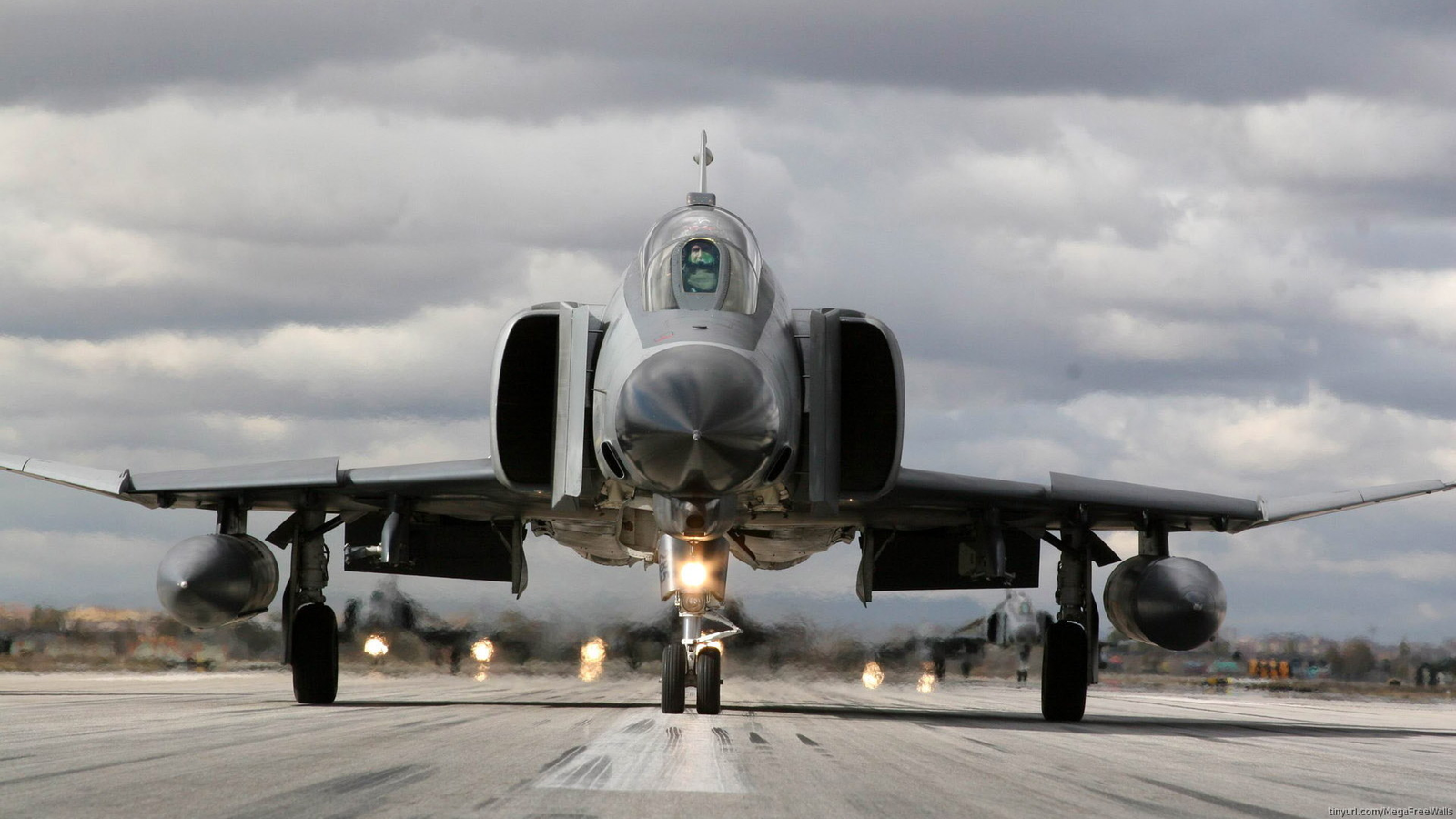
There are few military aircraft that have had as lasting an impact as McDonnell Douglas’ F-4 Phantom II. Conceived in the fire of Cold War rivalry and tried and tested in wars spanning decades, the Phantom established its legend on raw power, versatility, and incredible staying power. Years after many of its contemporaries disappeared from active service, this mighty fighter is still up in the air, now and then, as an occasional limited military application, now and then wowing onlookers at air shows. In order to grasp the reason behind its awe-inspiring presence all these years, one has to trace its origins, its combat history, and how it continued to change and adapt to suit the needs of a shifting era.

The Phantom’s history dates to the 1950s, when the United States needed a fighter that could operate from carriers as well as conventional air bases. McDonnell Aircraft accepted the challenge, intent on designing something that defied the models of the time. The XF4H-1 prototype flew for the first time on May 27, 1958, and when it was formally unveiled in 1961, it was evident that a new era in aviation had dawned. Its two-engine design, heavy radar, and two-man crew provided it with unmatched speed, altitude, and flexibility.

The Phantom was blooded in Vietnam, where it rapidly became the backbone of the American air effort. It performed air-to-air combat, ground attack, and reconnaissance equally well. With a top speed over Mach 2 and the capacity to fly above 60,000 feet, it frequently outperformed opposing aircraft. Its long nose, tall tail, and swept wings made it easily recognizable, and its silhouette became synonymous with American air power everywhere in the war.

While originally designed as a fleet air defense fighter, the F-4 demonstrated itself to be much more. It was equipped with an arsenal that consisted of Sparrow and Sidewinder missiles, bombs, and rockets, and became a genuine multirole aircraft. Specialized versions that were developed to perform unique duties, such as the legendary “Wild Weasel” models that targeted enemy air defenses, illustrated how versatile the jet could be in the constantly changing reality of modern warfare. To a large extent, the Phantom’s strongest asset was the fact that it could fulfill jobs far beyond what its creators originally envisioned.

Its success was not only dependent upon raw power but also on its futuristic design. The dual General Electric J79 engines produced huge thrust, but the aircraft’s advanced radar and avionics were equally crucial in enabling crews to target and engage multiple targets. It was conceived from the beginning with expansion in mind to allow upgrades to be fitted down the line. That design ethic extended to the creation of subsequent aircraft such as the F-14 Tomcat and the F-15 Eagle, both of which took note of the Phantom’s flexibility.

The F-4’s influence spread far beyond US service. Over 5,000 were produced, and they were placed in air forces all around the world—from Europe to the Middle East to Asia. Every nation adapted the Phantom to suit its own purpose, often initiating massive modernization programs to prolong its lifespan. Germany, Israel, Japan, Greece, Turkey, Iran, and South Korea all operated variants of the aircraft, and several heavily invested to make it a modern fighter despite emerging threats.

Turkey is a prime example of how far modernization was able to progressed. Following political setbacks in the 1970s that restricted the availability of new planes, its air force invested heavily in upgrading the Phantom, topping out in the “Terminator” program of the late 1990s. This project equipped the jet with new avionics, advanced radar, and current missiles such as the AIM-120 AMRAAM, keeping it in front-line service well into the 21st century.

Other countries took the same route, Israel’s “Kurnass” upgrade, German fleet refits, and Japanese in-country upgrades, all providing the Phantom with decades of life yet. Turkish F-4E-2020s still take to the skies today, executing complex maneuvers in conjunction with F-16s and drones, and showing that in capable hands, the Phantom has much still to offer.

In addition to its military performance, the Phantom also became a sort of cultural icon. Pilots would talk of it with a blend of admiration and fondness, remembering its difficult flight behaviors, its untamed engine power, and its dependability in times of stress. For most air forces, it was a national icon of power and technological advancement. In America, it made its mark not only in battle but also in training, dominating the early years of the Navy’s TOPGUN program and establishing the method by which generations of aviators learned combat.

Time, though, waits for no one, including the best of aircraft. In recent decades, the Phantom has been quietly retired in favor of newer models. The United States retired its final ones years ago, and several allied countries have done the same. South Korea said goodbye to its Phantoms in 2024, ending a chapter that had stretched for over half a century, as newer-generation fighters like the F-35 and KF-21 took over.

Yet the Phantom refuses to vanish completely. As of 2025, a handful still fly with Turkey and Iran, while others serve in ceremonial roles or sit proudly in museums as enduring reminders of their era. Its long and varied career is proof of a design that was ahead of its time, built to adapt and endure. The F-4 Phantom II is still the benchmark against which other fighter planes are measured, a testament to a time when engineering excellence and the needs of combat came together to forge a legend.
